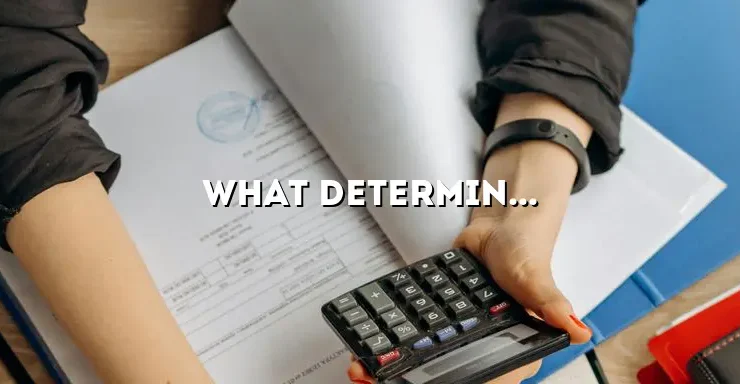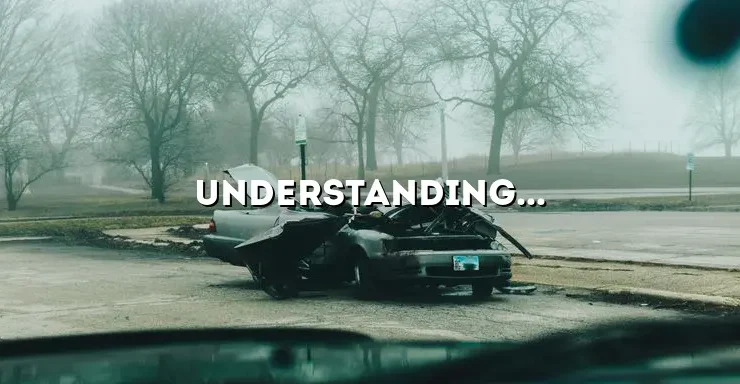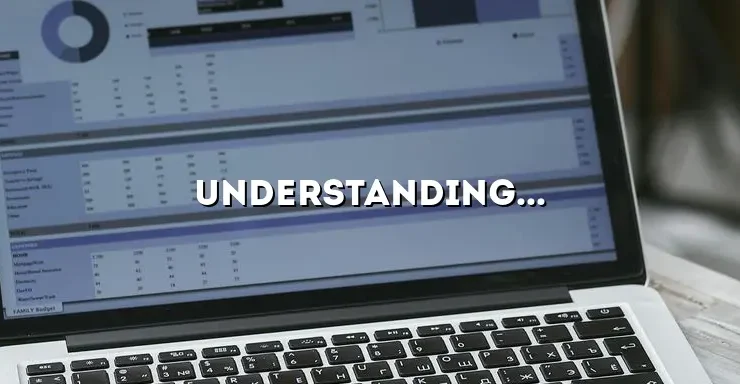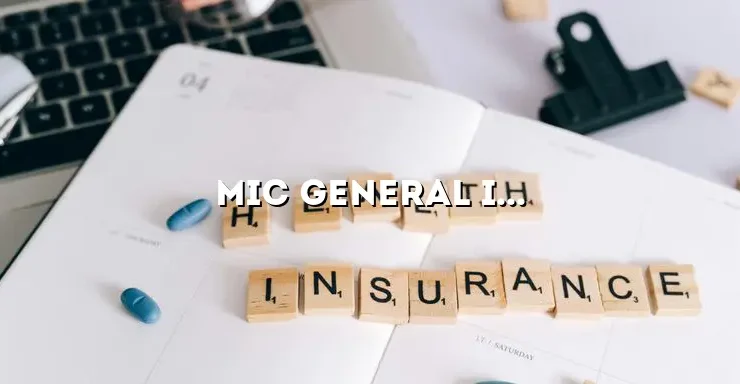
When it comes to protecting your home, one of the most essential aspects is ensuring that your roof is covered by insurance. However, navigating the world of roof insurance claims can be a daunting task. From understanding the intricacies of policy coverage to dealing with the claims process, there is a lot to consider. In this article, we will provide you with a detailed and unique guide to help you navigate the complex world of roof insurance claims.
In the following sections, we will cover everything you need to know about roof insurance claims. From understanding the basics of roof insurance policies to maximizing your claim, we’ve got you covered. Whether you’re a homeowner looking to file a claim or simply want to learn more about the process, this article will provide you with the information you need.
Introduction to Roof Insurance Claims
Why Roof Insurance Claims are Important
Your roof is one of the most vulnerable parts of your home, constantly exposed to the elements. It protects your property and everything inside from rain, wind, and other potential hazards. Unfortunately, even the sturdiest roofs can sustain damage over time. This is where roof insurance claims become crucial. By having a comprehensive roof insurance policy in place, you can protect yourself financially from the cost of repairs or even a complete roof replacement.
Understanding Roof Insurance Policies
Roof insurance policies come in various forms, including homeowners insurance and specialized roof insurance coverage. It’s essential to understand the different types of policies available and choose the one that provides the best coverage for your specific roof type and location. Homeowners insurance typically covers a wide range of perils, including roof damage caused by fire, windstorms, or falling objects. On the other hand, specialized roof insurance coverage focuses specifically on roof-related issues, such as leaks or structural damage caused by weather events.
Policy Coverage and Limitations
What’s Covered in a Roof Insurance Policy
A roof insurance policy typically covers damage caused by specific perils outlined in the policy. These may include hail storms, windstorms, fire, lightning strikes, or other covered events. It’s crucial to carefully review your policy to understand the extent of coverage provided. Generally, a policy will cover the cost of repairs or replacement of the damaged portion of the roof, including materials and labor.
Common Exclusions and Limitations
While roof insurance policies provide valuable coverage, they also come with certain exclusions and limitations. Common exclusions may include damage caused by lack of maintenance, normal wear and tear, or pre-existing conditions. Additionally, some policies may have limitations on the age of the roof or require specific documentation and proof of maintenance. Understanding these exclusions and limitations is essential to avoid any surprises when filing a claim.
Assessing Roof Damage
Common Signs of Roof Damage
Before filing a roof insurance claim, it’s essential to accurately assess the damage. Some common signs of roof damage include missing or damaged shingles, leaks, sagging areas, or visible signs of wear and tear. It’s important to conduct a thorough visual inspection of your roof and document any findings to support your claim.
Professional Roof Inspection
In some cases, it may be necessary to hire a professional roofing contractor to conduct a detailed inspection of your roof. These professionals have the expertise to identify hidden damage and provide a comprehensive report that can strengthen your insurance claim. Make sure to choose a reputable and experienced roofing contractor for an accurate assessment.
Filing a Roof Insurance Claim
Documenting the Damage
When filing a roof insurance claim, documentation is key. Take detailed photographs or videos of the damaged areas, both from a distance and up close. This visual evidence will provide strong support for your claim. Additionally, keep all receipts, invoices, and any other relevant documentation related to repairs or temporary fixes you may have undertaken to prevent further damage.
Contacting Your Insurance Company
Once you have gathered all the necessary documentation, it’s time to contact your insurance company to initiate the claims process. Most insurance companies have dedicated claims departments or online portals where you can submit your claim. Provide them with all the information they require and follow their instructions closely to ensure a smooth process.
Working with an Insurance Adjuster
After filing your claim, an insurance adjuster will be assigned to assess the damage and determine the coverage amount. It’s important to be present during the adjuster’s visit to ensure all the damage is properly documented. Provide the adjuster with all the evidence you have gathered and answer any questions they may have to facilitate an accurate assessment.
Negotiating Your Claim
In some cases, the initial offer from the insurance company may not fully cover the cost of repairs or replacement. Don’t be afraid to negotiate and advocate for a fair settlement. Present any additional evidence or quotes from reputable contractors that support your claim. It’s crucial to communicate effectively and professionally to ensure you receive the compensation you deserve.
Maximizing Your Roof Insurance Claim
Hiring a Reputable Contractor
When it comes to repairing or replacing your roof, it’s important to hire a reputable and licensed contractor. Obtain multiple quotes, check references, and review their previous work. A reputable contractor can provide detailed estimates and documentation that will strengthen your claim and ensure high-quality repairs.
Documenting the Repair Process
Throughout the repair or replacement process, document each step with photographs or videos. This will serve as evidence of the work being done and can be used to support any potential future claims. Keep track of all receipts, invoices, and warranties related to the repairs to demonstrate the quality and cost of the work completed.
Understanding Additional Living Expenses Coverage
In some cases, roof damage may necessitate temporary relocation while repairs are being undertaken. Review your policy to determine if you have coverage for additional living expenses. This coverage can help reimburse you for costs such as temporary accommodation, meals, and transportation during the repair process.
Regular Roof Maintenance
Prevention is key to minimizing the risk of future roof damage. Regular roof maintenance, such as cleaning gutters, removing debris, and inspecting for any signs of wear and tear, can help identify issues early on and prevent more extensive damage. Keep records of your maintenance activities, as they may be valuable in future insurance claims.
Preventing Future Roof Damage
Understanding Policy Requirements
Each insurance policy may have specific requirements for roof maintenance and inspections. Review your policy carefully to understand these requirements. It may include regular inspections by a licensed roofing professional or documentation of maintenance activities. By complying with these requirements, you can ensure that your insurance coverage remains valid.
Investing in Quality Roofing Materials
When it comes to roof replacement or repairs, investing in high-quality roofing materials can make a significant difference in the long run. Quality materials are often more durable and resistant to damage, reducing the likelihood of future insurance claims. Consult with a professional roofing contractor to determine the best materials for your specific climate and needs.
Regular Roof Inspections
Regular inspections by a professional roofing contractor can help identify potential issues before they become major problems. Schedule yearly or bi-yearly inspections to assess the condition of your roof and address any minor repairs promptly. Catching and addressing issues early can save you from more extensive damage and costly repairs down the line.
Proper Maintenance and Care
Take proactive steps to maintain your roof’s condition and longevity. This includes cleaning gutters regularly, removing debris, and trimming overhanging branches that may pose a threat to your roof. Additionally, promptly address any minor repairs or leaks to prevent them from escalating into more significant issues.
Roof insurance claims can be complex and overwhelming, but armed with the right knowledge and understanding, you can navigate the process with confidence. This comprehensive guide has provided you with a detailed overview of roof insurance claims, from understanding policy coverage to maximizing your claim. By following the tips and strategies outlined in this article, you can ensure that your roof is adequately protected and that you receive fair compensation for any damage.
Remember, if you ever find yourself unsure or overwhelmed during the roof insurance claims process, it is always advisable to consult with a professional insurance agent or attorney who can provide you with personalized guidance tailored to your specific situation.






